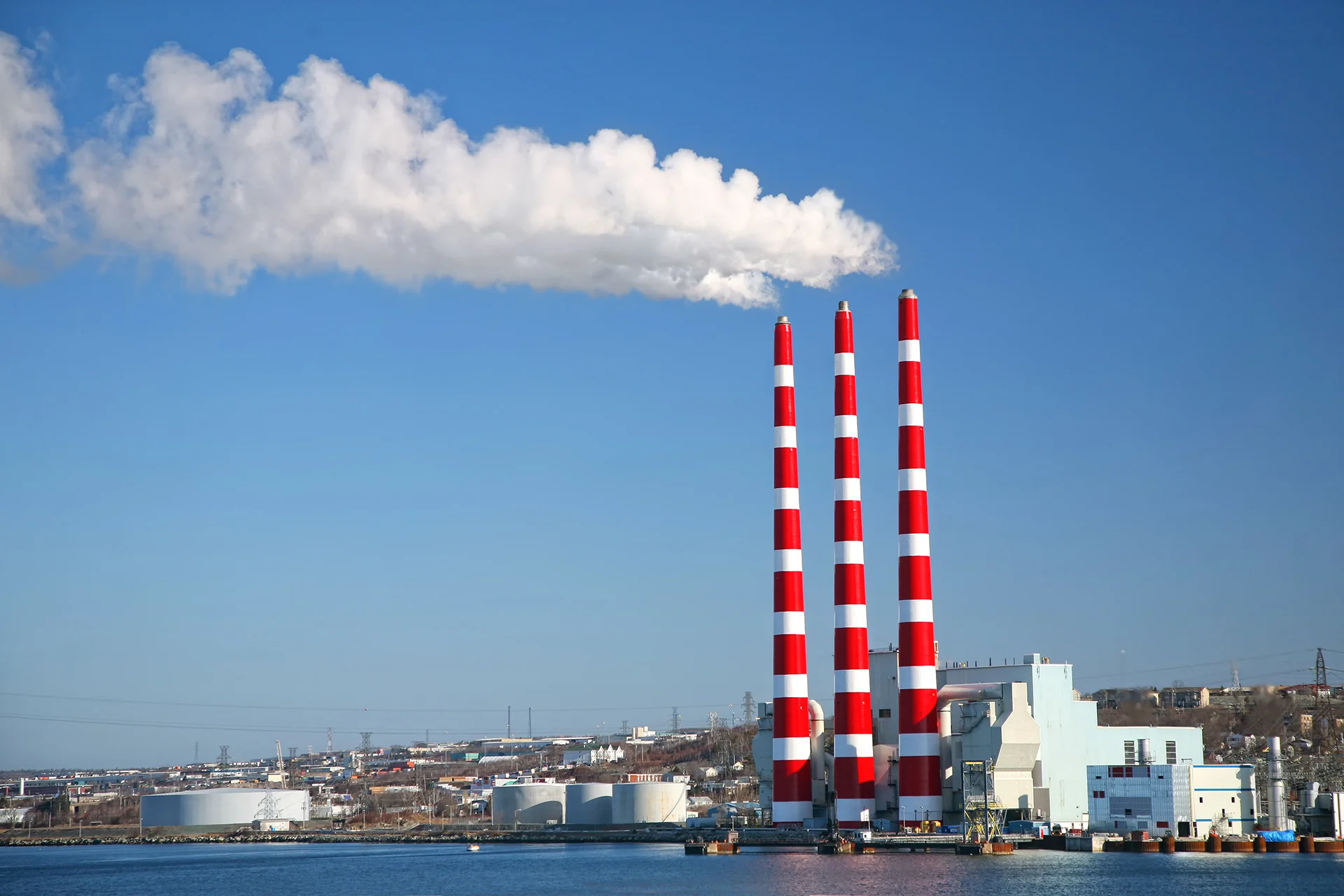
Canada "not moving fast enough" to hit climate targets, experts say
From a carbon price to 100 per cent non-carbon electricity generation by 2035, the proposed plan has potential to reduce carbon emissions. But how quickly will depend on the implementation of key policies.
Canada has a credible plan to meet its 2030 carbon emission reduction target, according to an independent analysis by the non-partisan Canadian Climate Institute. However, like all plans, Canada’s Emissions Reduction Plan needs to be successfully implemented.
This is the first time Canada has the policies in place to meet a climate target, but the sheer volume of policies are a double-edged sword, says Dale Beugin, vice-president of research at the Canadian Climate Institute (CCL). Policies overlap, may need updating, and face bureaucratic and jurisdictional barriers, Beugin stated in a release.
A year ago the Trudeau government set an emission reduction target of 40 to 45 per cent cut compared to 2005 emissions by 2030. That is a weaker target than the U.S. or other G7 countries. Canada’s emissions in 2020 declined 8.9 per cent compared to 2019, and were 9.3 per cent lower than 2005.

Wind turbine installation at the Romney Wind Project located in Ontario. The project is situated on more than 10,000 acres of privately-owned land, with a capacity of 60 megawatts (MW), located in the municipalities of Chatham-Kent and the Town of Lakeshore. (Neil Ever Osborne)
The 2019 decline was largely due to shutdowns during the pandemic. Emissions are expected to be higher in 2021, but that won’t be confirmed until 2023. It takes Environment and Climate Change Canada more than 24 months to compile the data from major emitters and provincial governments.
Canada’s decades of delay in reducing emissions means there is a large mountain of carbon to trim and less than nine years to do it.
Aware of the challenge, the Institute’s analysis and modeling suggests Canada should focus on five key policies that can deliver about two-thirds of the reductions needed to meet the 2030 emissions target.
CANADA’S FIVE KEY CLIMATE POLICIES
Continue to increase the federal carbon price to deliver more carbon reductions (Carbon price is currently $50 a ton and moving to $170 by 2030).
Establish an emissions cap for the oil and gas sector to reduce emissions 42 per cent below 2019 levels by 2030 (This sector is Canada’s largest carbon source — more than Ontario’s and Atlantic provinces’ emissions combined, however setting the cap has been delayed).
Design a clean electricity standard to make Canada’s electricity net-zero by 2035. (Currently over 80 per cent of the nation’s electricity comes from non-carbon sources).
Finalize the clean fuel standard and move to strengthen its stringency before 2030 (This regulation has been under discussion since 2016).
Deploy land-use emission reduction projects such as planting trees as fast as possible (The Emissions Reduction Plan relies heavily on nature-based solutions and requires scaling-up).
All levels of government will need to agree and co-operate to successfully implement these emission-reduction policies, the report concluded.
Policy #3 — 100 per cent non-carbon electricity generation by 2035 — would appear to be an easy one given that Canada is most of the way there. However, while provinces are eager to sell clean electricity to the U.S., there is very little interprovincial trade, says Caroline Lee, co-author of a new CCL report on the issue titled “The Big Switch.”
“Provincial power utilities are focused on self-sufficiency. There isn’t going to be a national grid in Canada,” Lee told The Weather Network (TWN).

Coal fired power plant along the harbor in Halifax, Nova Scotia, Canada. (onepony/ iStock/ Getty Images Plus)
Adding wind, solar, battery storage, and creating interconnected grids between provinces and regions, along with improved energy efficiency would save Canada billions of dollars by 2050, The Big Switch report concludes.
There are no technical obstacles, just institutional and political challenges of power utilities and provinces working together, says Lee. If those challenges can’t be met, then building bigger, cleaner, and smarter electricity systems essential for a net zero carbon will be very difficult.
Nordic countries, Denmark, Finland, Norway and Sweden, for example, have long shared a common electricity market. They are now working on a fully interconnected sustainable power generation system by 2030.
In 2020 the federal government proposed the Atlantic Regional Transmission Loop to use hydro-power from Quebec and Newfoundland and Labrador to help get New Brunswick and Nova Scotia off coal. This will require careful negotiations with Quebec and Newfoundland and Labrador who have been in conflict over past hydropower projects such as Churchill Falls and Muskrat Falls, notes Larry Hughes, a professor at Dalhousie University in Halifax.
Ottawa will also need to offer incentives to get provincial premiers in one room to encourage collaboration across the power sector. It will also need to get public utilities aligned with net-zero carbon goals, and help the public understand the vital importance of building large numbers of wind turbines and solar panels, said CCL’s Lee.
While Canada has a good climate plan, it is not moving fast enough to meet its target, she said.
Thumbnail credit: Neil Ever Osborne










